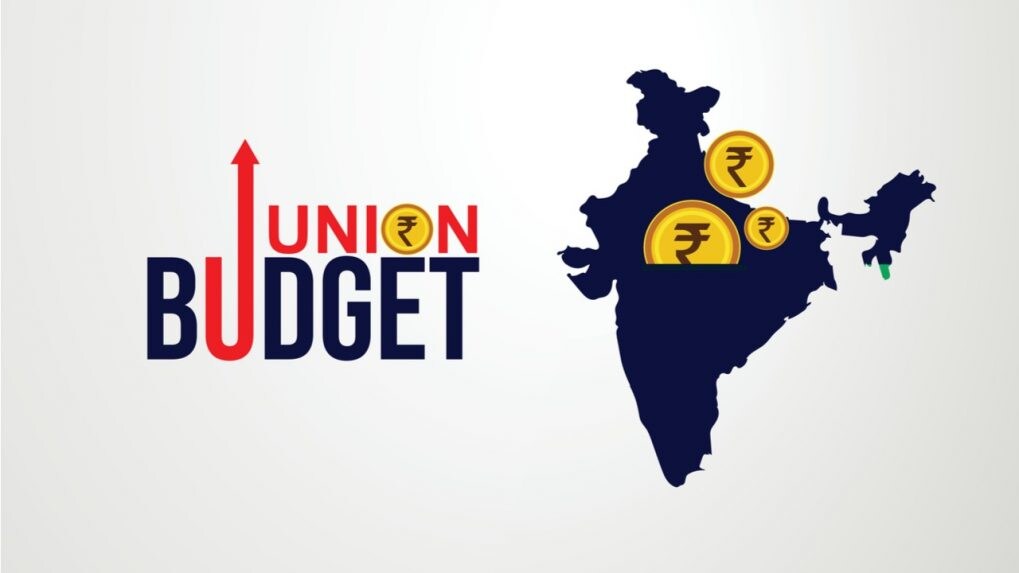The upcoming Union Budget 2022-23, expected shortly, will be the second budget to be presented in the full shadow of COVID-19. Therefore, a few will disagree that the life sciences and healthcare sector (LS sector) will definitely be one of the priority areas.
The life sciences sector has been at the forefront in handling the COVID-19 crisis which has helped earn India the nickname of “pharmacy of the world”. The massive rollout of vaccination has certainly helped economic activity return to near-normal levels. As health and well-being take center stage, we can expect the government to continue its efforts to improve access to and affordability of public health care. To enable access to better facilities, we might expect budget allocations to Rashtriya Swasthya Bima Yojana (RSBY) for families below the poverty line (BPL), increased efforts to establish hospitals in rural areas and to invest in training and medical infrastructure. Also, to address the shortage of qualified health personnel in the country, the budget could allocate funds for medical training programs.
Last year we saw the launch of Production Linked Incentive (PLI) programs with the utmost rigor, with a focus on APIs (Active Pharmaceutical Ingredients), key intermediates/starting materials ( KSM) and formulations to help develop the scale of the Indian pharmaceutical sector. This is expected to create global dominance for the sector and generate employment opportunities for young people. The PLI program for medical device manufacturing offers a financial incentive to stimulate domestic manufacturing and attract large investments in the medical device segments. Developing more medical device parks could prove to be a profitable ecosystem for the country.
Recently, in accordance with the PLI program for the pharmaceutical industry, the Ministry of Chemicals and Fertilizers announced the selection of 55 candidates in three categories. The Government of India will provide financial incentives totaling around 15,000 crore over a period of six years for each participant based on their fulfillment of set additional sales and investment criteria.
According to the ministry’s press release in November 2021, the PLI program aims to improve India’s manufacturing capabilities by increasing investment and production in the sector and contributing to product diversification towards high-value products in the pharmaceutical sector. Furthermore, it seeks to create global champions from India who have the potential to grow in size and scale using advanced technology and thereby penetrate global value chains.
The effective implementation of the PLI program would go a long way towards achieving its stated objectives of further development of the sector. Moreover, it will be interesting for the government to allocate more budgetary allocations to the Pharma PLI scheme and to launch phase 3 of the scheme so that certain pharmaceutical players and products such as capsules, vegetarian capsules, etc., which have missed in the previous phases could also reap the benefits.
Vaccination is vital for the country to fight against COVID-19 and future pandemics. Thus, having a reliable medical cold chain that is different from commercial refrigeration is imperative. Reduced GST rates and import duties on critical components for manufacturing cold chain medical units and production-related incentives could help spur growth. In addition, reducing GST on laboratory reagents and consumables, life-saving and essential drugs and rationalizing import duties on such equipment would encourage the development of higher quality diagnostics.
With online pharmacies now gaining influence and patient data being a key lever, it is expected that an appropriate regulatory framework will be put in place for online pharmacies taking into account the various distinctions that exist between chemists /offline and physical pharmacies.
As the pharmaceutical industry is an R&D intensive industry, increasing research spending and incentivizing R&D is a much needed move as India needs a big boost to move towards the innovation in the pharmaceutical sector. Therefore, additional tax deductions for R&D activities to further support investments in the development of new drugs will be useful.
Additionally, here are some tax changes that benefit other industries that could also benefit the life sciences sector:
The above initiatives can go a long way in reigniting the ambition for self-sufficiency, innovation and PLI programs to integrate India into global supply chains, thereby helping India’s life sciences sector gain an edge. competitive in the global landscape.
– The article is written by Santosh Dalvi, Partner and Deputy Head, Indirect Taxes, KPMG in India, and Vijay Chawla, Partner and Head – Life Sciences and Head – Risk Advisory for KPMG in India. With contributions from Ravi Gupta, Chartered Accountant. Opinions expressed are personal




